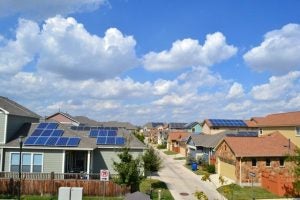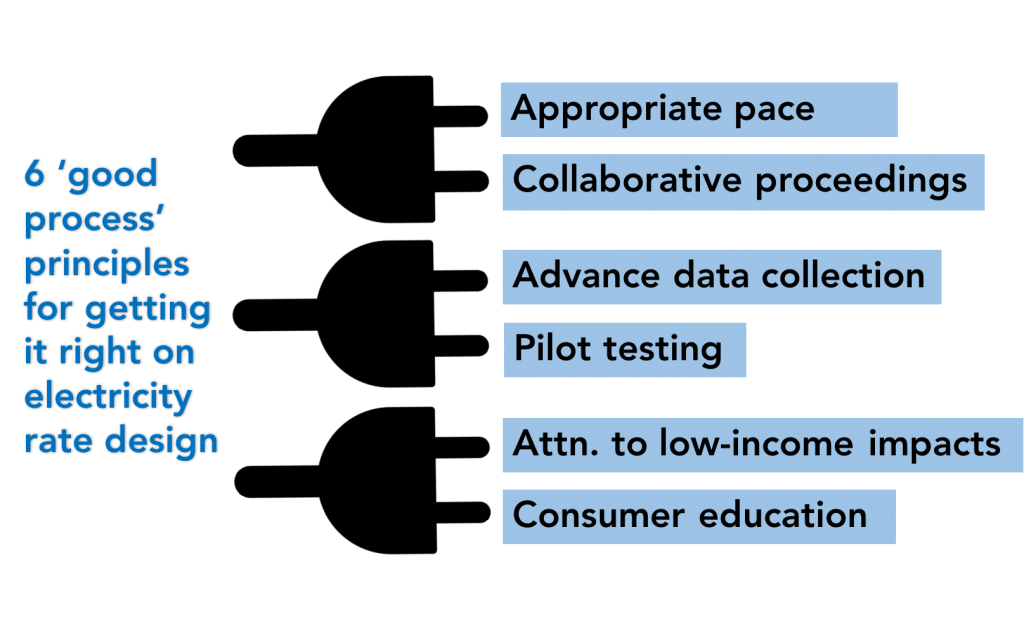
Utilities and regulators are not typically known for innovation. Instead, they tend to focus their efforts and attention on reliability and cost effectiveness. So, when Rob Powelson, new president of the National Association of Regulatory Utility Commissioners (NARUC) kicked off his first national meeting under the theme “Infrastructure, Innovation and Investment,” I was intrigued.
The opening general session focused on how to upgrade aging utility infrastructure in ways that optimize new technology, and introduced a new Presidential Task Force on Innovation to promote modernization. This task force will discover how NARUC members can embrace emerging innovation – like integrated energy networks and battery storage.
This utility-industry focus on innovation marks a new direction. To prepare for the venture, we can learn from the most recent rapid disruption in a related industry, telecommunications: a mere 20-year transition from POTS (plain old telephone service) to PANS (pretty amazing new stuff). This cautionary tale reveals that the winners are grid operators who welcome new ideas and offer customers new services. Read More










 Distributed resources – like residential solar, storage, and electric cars – are becoming more mainstream every day. This presents new challenges for utilities and utility regulators who are struggling to capture their benefits, while balancing shareholder interests and reliability.
Distributed resources – like residential solar, storage, and electric cars – are becoming more mainstream every day. This presents new challenges for utilities and utility regulators who are struggling to capture their benefits, while balancing shareholder interests and reliability. On November 13, 2016, the nation’s state and federal utility regulators – also known as the National Association of Utility Regulators Association (NARUC) – will meet for their 128th annual meeting in La Quinta, CA and host over 1000 participants. As a former NARUC president and seasoned observer of these meetings, I study the issues that rise to the top for the limited amount of meeting time available. The topics making the cut offer a snapshot of what is trending nationally in the various regulated sectors.
On November 13, 2016, the nation’s state and federal utility regulators – also known as the National Association of Utility Regulators Association (NARUC) – will meet for their 128th annual meeting in La Quinta, CA and host over 1000 participants. As a former NARUC president and seasoned observer of these meetings, I study the issues that rise to the top for the limited amount of meeting time available. The topics making the cut offer a snapshot of what is trending nationally in the various regulated sectors. More than 1,000 people gathered in Nashville, TN this week for the summer meeting of the National Association of Regulatory Utility Commissioners (NARUC). The meeting is one of three yearly where thought leaders gather to socialize the knottiest issues of the day in regulated utility industries, including telecommunications, electricity, natural gas, and water. Two electricity debates dominated the stage and the halls during this summer’s meeting: nuclear power and rate design.
More than 1,000 people gathered in Nashville, TN this week for the summer meeting of the National Association of Regulatory Utility Commissioners (NARUC). The meeting is one of three yearly where thought leaders gather to socialize the knottiest issues of the day in regulated utility industries, including telecommunications, electricity, natural gas, and water. Two electricity debates dominated the stage and the halls during this summer’s meeting: nuclear power and rate design. New technology is evolving electricity transmission from a centralized, one-way system to a more distributed, interactive one. This system necessitates new electricity rates, and the National Association of Regulatory Utility Commissioners (NARUC) unveiled this week at its annual summer meeting a draft
New technology is evolving electricity transmission from a centralized, one-way system to a more distributed, interactive one. This system necessitates new electricity rates, and the National Association of Regulatory Utility Commissioners (NARUC) unveiled this week at its annual summer meeting a draft  As a former state utility regulator, I know the difficulty of balancing competing interests in making decisions and communicating those decisions to constituents. Solutions deemed “fair” by some parties may have harsh or unintended consequences for others.
As a former state utility regulator, I know the difficulty of balancing competing interests in making decisions and communicating those decisions to constituents. Solutions deemed “fair” by some parties may have harsh or unintended consequences for others.